The influence of molecular structure, molecular weight and distribution of dispersant Dispersants are composed of hydrophobic and hydrophilic groups.
Hydrophobic groups include aryl groups, alkaryl groups, hydrocarbon chains, amine groups, etc.; hydrophilic groups include carboxyl groups, sulfonic acid groups, hydroxyl groups, amino groups, and long polyether chains. Different types of wetting and dispersing agents have different anchoring methods and anchoring forces with different pigment particles due to their different chemical structures. The interaction between the pigment-dispersant-water/solvent is the decisive factor in whether the particles can be dispersed stably. The more anchoring groups there are, the greater the binding force with the pigment surface, which is more conducive to stable dispersion; the hydrophilic group and Water has sufficient affinity and good solubility, so that the polymer chain can fully extend in water to form effective three-dimensional steric stability. If the molecular weight of the dispersant is too large, folding will occur on the surface of the pigment particles, causing entanglement between particles and flocculation. If the molecular weight of the dispersant is too small, the stereosteric effect will be poor. The narrower the molecular weight distribution, the more uniform the adsorption and anchoring force of the dispersant on the pigment surface, the more uniform the anionic charge distribution, the more stable the double electric layer stabilization, the more uniform the distribution of hydrogen bond formation of free polar groups, and the more uniform the particle size distribution of the pigment slurry. , anti-flocking, color development, and anti-sedimentation will be better.
The influence of the acidity and alkalinity of the system and the chemical structure of the pigment on anchoring adsorption.
In order to improve the wetting and adsorption efficiency of pigments, the acid-base properties, chemical structure and type of wetting and dispersing agent on the pigment surface must be considered. In water-based coating systems, the weakly alkaline conditions of the system can improve the ionization effect of anionic wetting and dispersing agents, making the electric double layer more stable. It has a higher efficiency of adsorption and anchoring on the surface of inorganic pigments; the free multivalent ions on the surface of inorganic pigments are particularly easy to form ionic bonds with anionic wetting and dispersing agents, and silicon-containing pigments are easy to form covalent bonds with certain dispersants. Key anchorage. Organic pigments have different hydrophobic groups on the surface that have different interactions with inorganic pigments. Its adsorption (anchoring) mainly comes from the multi-point dispersion of the non-polar block affinity groups of the macromolecular dispersant acting on the surface of the organic pigment. force.

